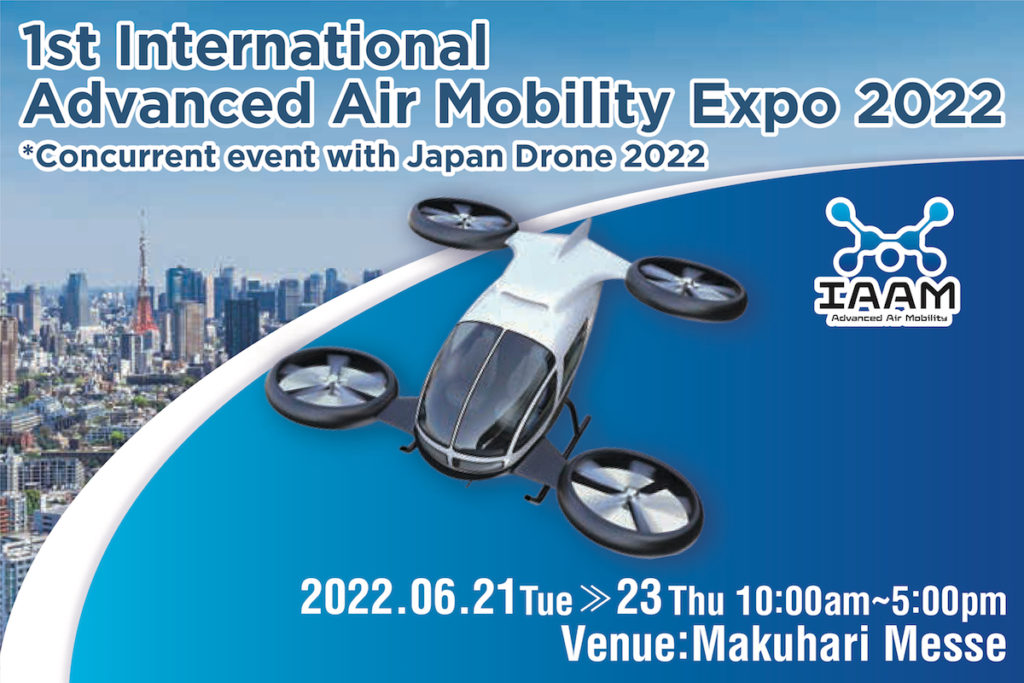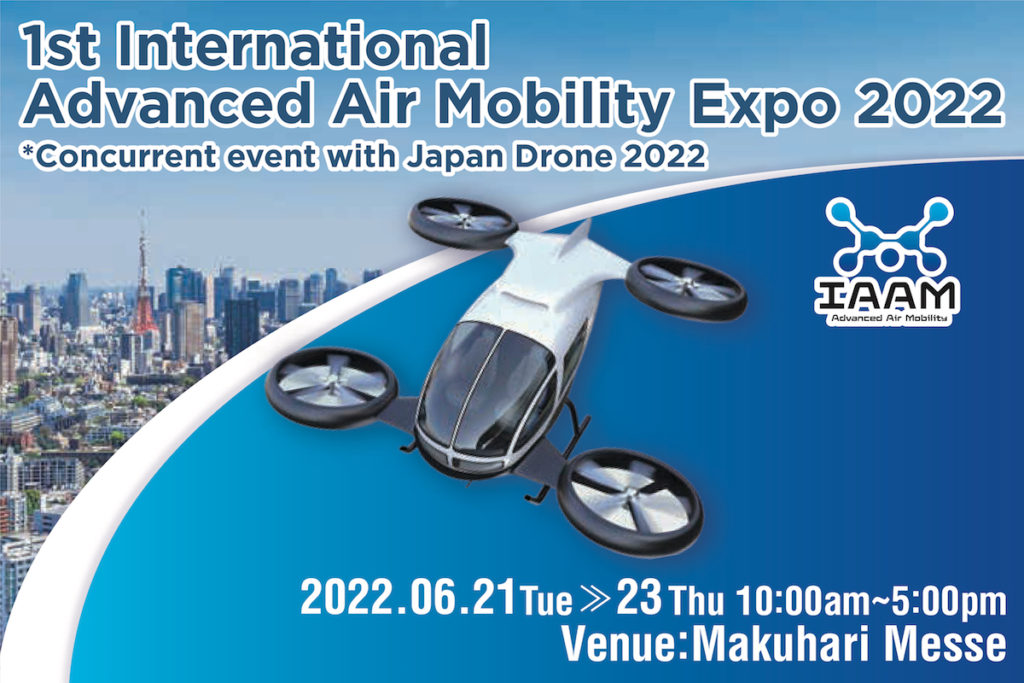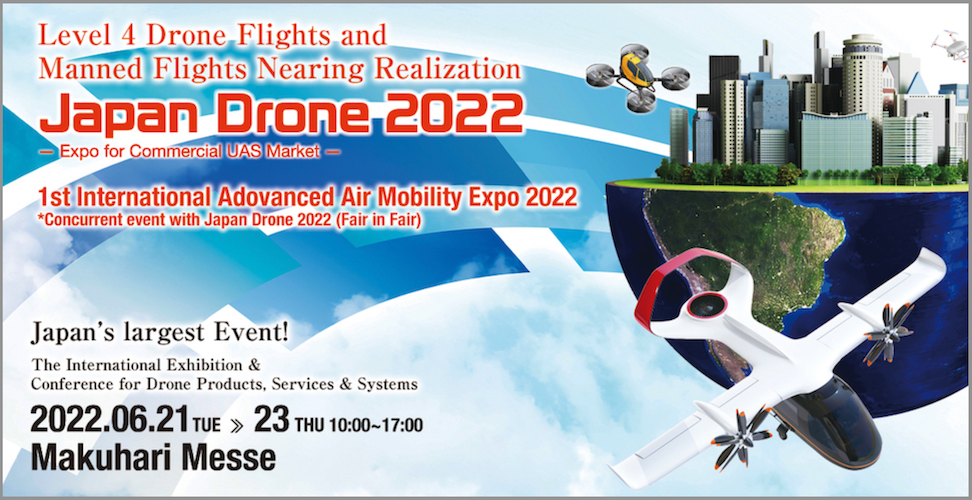Akihabara News (Tokyo) — eJet Aerospace executives are confident that their technology can dominate the eVTOL industry, but they are still searching for deep-pocketed investors to make their vision a reality. If the funds are forthcoming, they would welcome making Japan their home base.
Saul Tarazona, the company’s co-founder and CEO, told Akihabara News in an exclusive interview that the technology is in place, and only financing is holding eJet back.
“The scientific work is done; there’s no more research to be done,” he asserts.
Tarazona’s pitch is that the patented SMAPAD electric cold jet propulsion system, developed by Raymond François Aubourg, is “a master scientific discovery” utilizing fluid dynamics, which allows the creation of eVTOLs that can massively outperform the competition.
“We can fly at 250 kilometers per hour at cruising speed in a range of 562 kilometers,” he claims.
Based on this technology, designs for two potential gyrocopter models have been drawn up–the two-seater GJet Æón and the four-seater GJet Kóan.
Tarazona emphasizes the low production costs, safety, and the anticipated high performance of these aircraft.
While the co-founders are currently found in Miami, Florida, and Bogota, Colombia, they are willing to build a new base wherever the financing becomes available, and that includes Japan.
Explaining the potential benefits to the host country, Tarazona states, “we would create jobs; we would create a new infrastructure; and we would create a new transportation system that is realistic.”
He also sees benefits for the transition to a green economy.
In its pre-seed round, eJet spent US$2.7 million on design and engineering, and now Tarazona and his colleagues are trying to raise US$10 million in the seed round to build the full-size propulsion system in order to further test and prove it to independent observers.
They are eager to move forward with their plans for production and licensing.
Should things fall into place and investors come forward, Tarazona makes clear that eJet does not intend to become merely a producer of hardware, but rather the operator of an air taxi service which might ultimately have a global reach.
The GJet Kóan could also be configured to carry cargo.
“The highest priority for us is to protect the technology,” he explains.
Recent eVTOL Industry Related Articles
SkyDrive Hires Aviation Policy Heavyweight
Urban-Air Port Enters Japan Market
Consultants for Japan eVTOL Industry
Agreement on Kansai Vertiport Construction
Denso Engines to Power Lilium eVTOL
Joby Confirms Japan Market Strategy
Japan’s Stake in eVTOL Peripherals
Government Fund Invests in Drone Traffic System
Japan Regulators Setting Rules for Flying Cars
SkyDrive Makes Regulatory Progress
The post eJet Searches for a Landing Pad appeared first on Akihabara News.
Source: Akihabara News – eJet Searches for a Landing Pad




